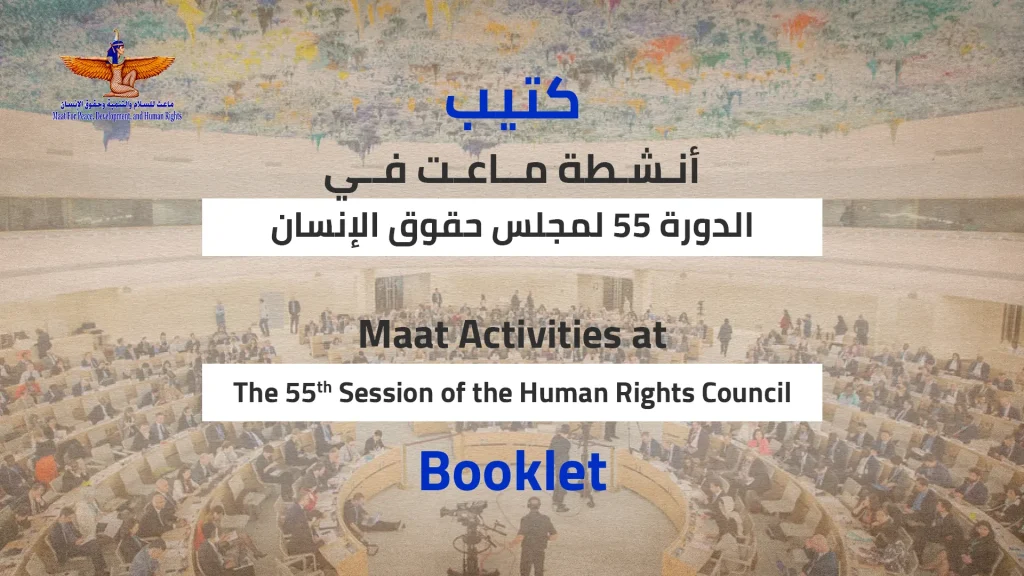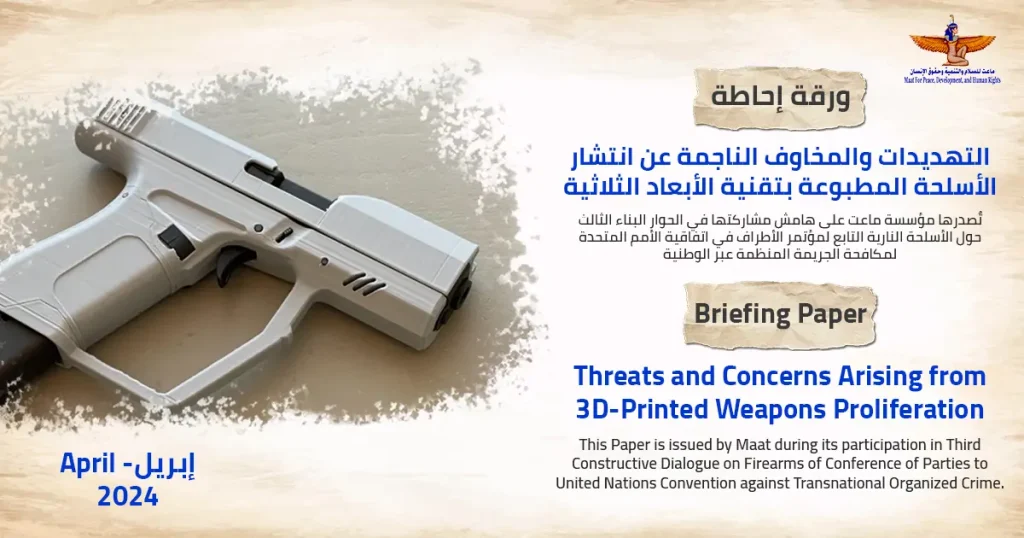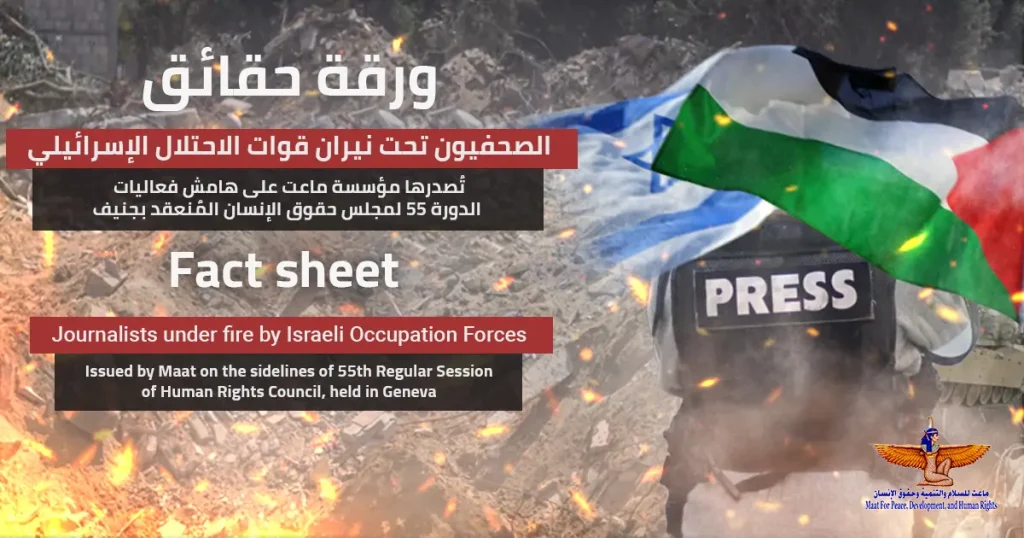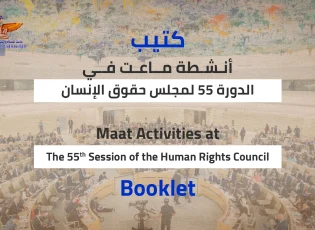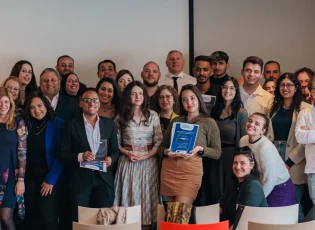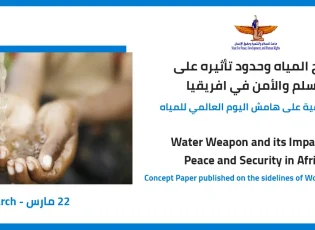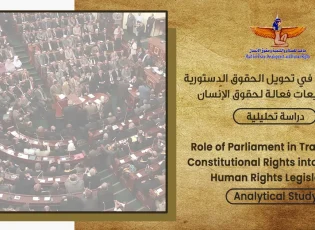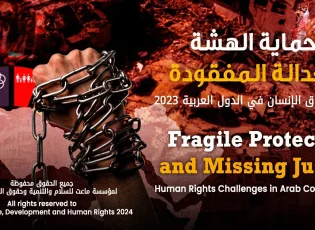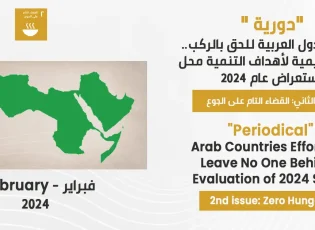Mukhtar: The use of technology in humanitarian relief operations is an urgent necessity
Nourhan Mustafa: Humanitarian organizations face several challenges and obstacles in develivering humannitarian aid
On the World Humanitarian Day, which the world celebrates every year on 19 August, Maat for Peace, Development and Human Rights issued a report entitled "Smart Response: the Limits of Using Artificial Intelligence (AI) and Technological Applications in Humanitarian Relief", which discussed how technological application, including artificial intelligence (AI), can be used in the implementaion of humanitarian relief operation targetting those affected widespread armed conflicts and natural disasters. The report also raised the alarm about the suffering of civilians around the world as a result of the scourge of armed conflicts and natural disasters resulting from climate change, in sddition to the outbreak of chronic diseases and epidemics. All these factors further exacerbate the vulnerability of civilans and pave the road to other crisis such as food insecurity, high rates of malnutrition, hunger, extreme poverty, as well as human displacement that creates the conditions conducive to the spread of diseases and pandemics in places of residence, including the lack of medical facilities and health services, which trigerr the outbreak of chronic illnesses and infectupus diseases such as the COVID-19 pandemic.
The report pointed out that acute food insecurity has soared mainly due to rampant armed conflicts, extreme weather conditions and economic shocks in 23 regions around the world, most notably in Ethiopia, Afghanistan, Yemen and Syria. 41 million people are at risk of starvation unless they receive immediate food and living assistance, 47,000 among them are in Yemen alone. Moreover, there are other16.2 million people suffer from lower levels of food security, and more than one third of Afghans suffer from acute malnutrition. In 2020, there are 155 million people are at risk of food insecurity worldwide, and 149 million child under the age of five were stunted, in conjunction with the death of 11 people every minute from starvation and undernutrition worldwide.
The report also touched upon the dramatic effects of climate change on humanitarian oprations. The number of people affected by natural disasters resulting from climate change from 2014 to 2019, reached about 760 million people, including 46000 deaths. More than 3.8 million people, including 2.1 million children in Niger, need urgent humanitarian assistance due to many factors, including the outbreak of conflict, displacement, food insecurity, malnutrition, recurrent epidemics, disease outbreaks, periodic floods and droughts, in addition to the suffering of more than 800,000 Rohingya refugees in refugee camps in Bangladesh due to extreme climate conditions.
In this context, Nourhan Mustafa, Director of the International Humanitarian Law Unit at Maat, said that humanitarian organizations face various obstacles and restrictions that prevent the humanitarian aid from reaching the most vulnrble groups affected by crisis and threaten the complete collapse of livelihoods, as relief workers are targeted and many of them are exposed to kidnapping and killing by parties involved in the conflict. For example, 3 MSF aid workers were killed in Ethiopia in June 2021 in the midst of the armed conflict within the Tigray region, which is a systematic and almost consistent behavior of the parties to the conflict in Ethiopia.
For his part, Muhammad Mukhtar, a researcher at Maat, said that the use of technology in humanitarian relief operations is urgent in light of the suffering of civilians due to the exacerbating rates of poverty, malnutrition and displacement resulting from humanitarian crises, especially armed conflicts, which need more effective tools that serve as early warning of crises and call for the appropriate response to them. Mukhtar called on humanitarian relief organizations operating in the Middle East to benefit from successful international experiences that used technology to deliver humanitarian aid to those who deserve it.
![]()
 |



